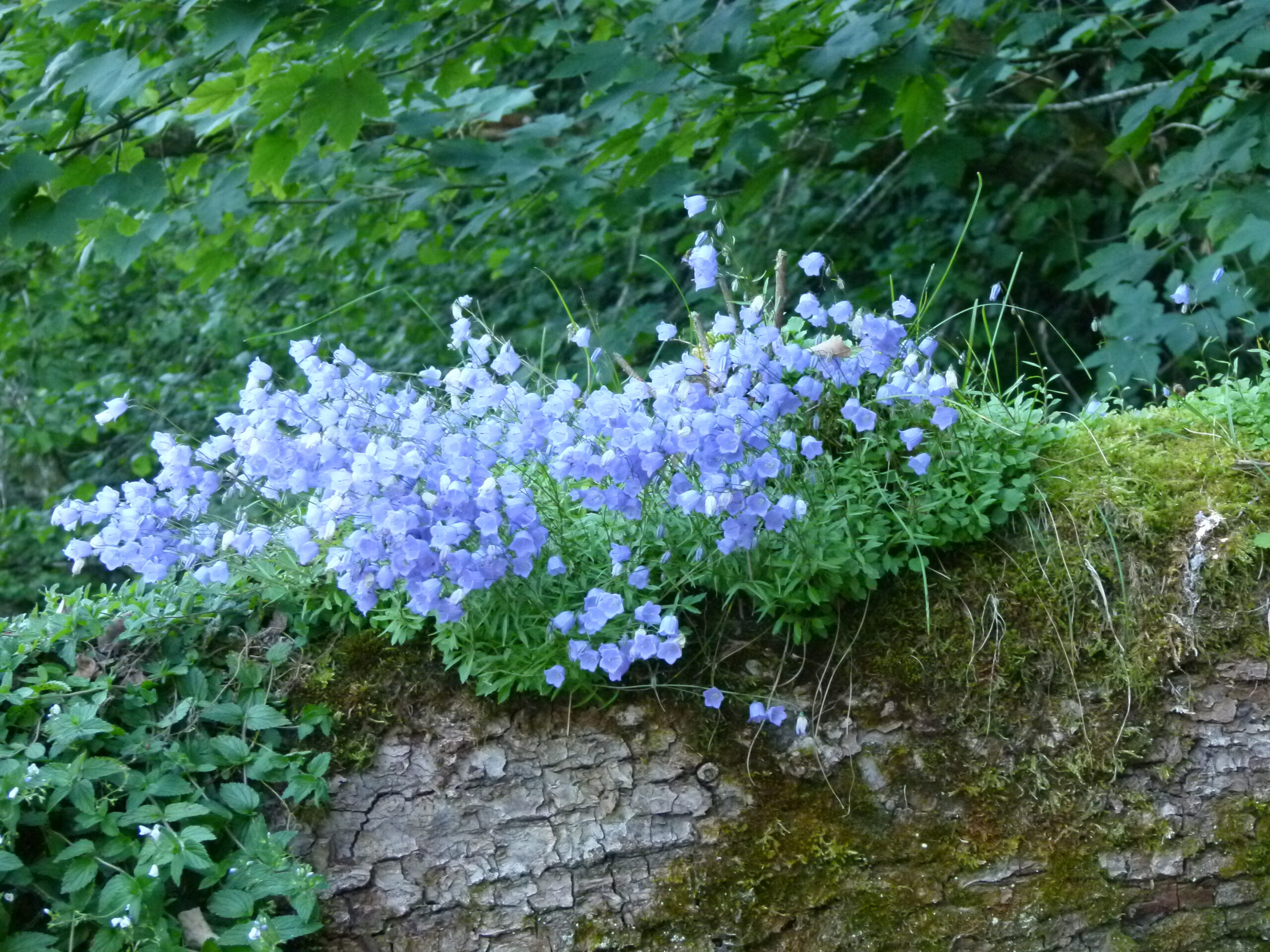Facts and figures
8.7 million — the number of species thought to exist on Earth (estimates range from 5.3 million to one trillion).
1 million — the number of plants and animals threatened with extinction globally (including species that we depend on for food, materials and medicine).
69% — the decline in wildlife populations around the world between 1970 and 2018.
40% — the world’s plant species threatened with extinction.
75% — the amount by which the world overused our planet’s resources (the equivalent of living off 1.75 Earths) in 2020.
0 — the number of Aichi biodiversity targets, adopted during the 2010 United Nations Convention on Biological Diversity (CBD), that have been fully met today.
30% — the percentage of land and sea (30×30) that 190 nations including Switzerland have pledged to conserve by 2030 under the 2022 Kunming-Montreal Global Biodiversity Framework.
6.71% — the percentage of national territory protected at federal level for conserving biodiversity in 2022.
56,009 — the total number of Swiss species identified to date (52% of which are insects).
20,000 — the approximate number of Swiss species dependent on forests for all or part of their lifecycles.
3,665 — the number of species on the National Conservation Priority List (almost half of which depend on forests).
700 — the number of Swiss plant species considered threatened.
242 — the number of species already extinct in Switzerland.
79% — the percentage of Swiss reptiles considered threatened.
62% — the percentage of Swiss amphibians considered threatened.
36% — the percentage of Swiss mammals considered threatened.
0.01% — the percentage of truly virgin forest left in Switzerland.
4.4 — the number of Switzerlands we would need to meet the demands we currently make on nature (ie. our ecological footprint).
162 — the number of subsidies (totalling CHF 40 billion) paid by the government, cantons and municipalities that directly harm biodiversity.
CHF 14 billion — the cost per annum if nothing is done to halt biodiversity decline and mitigate climate change.
